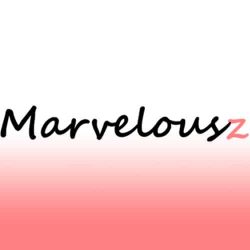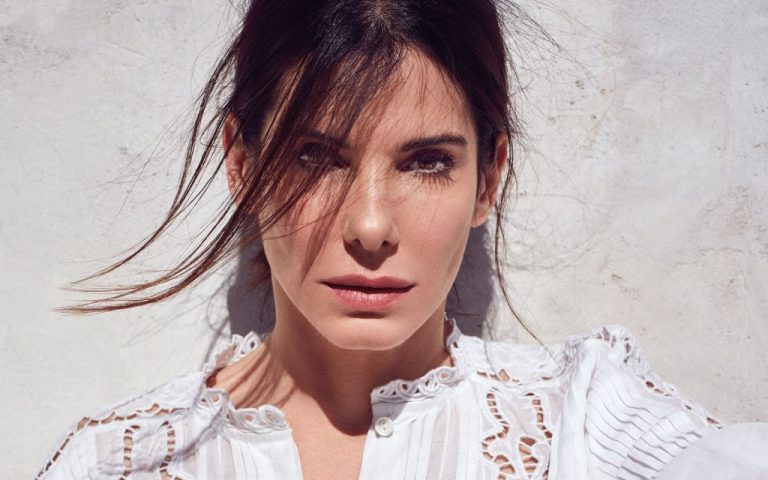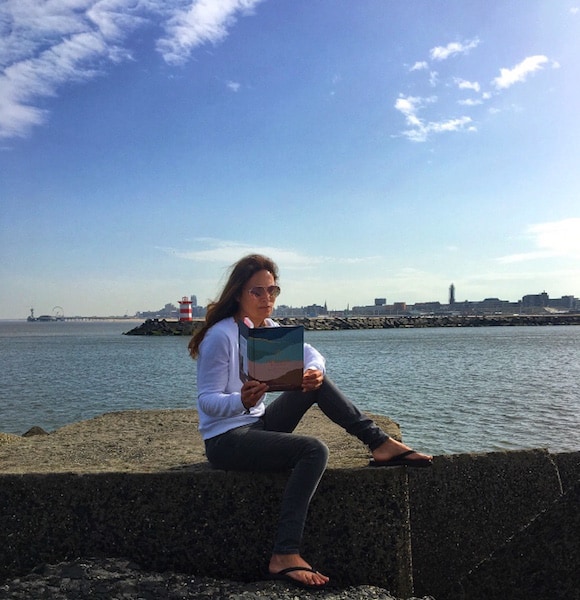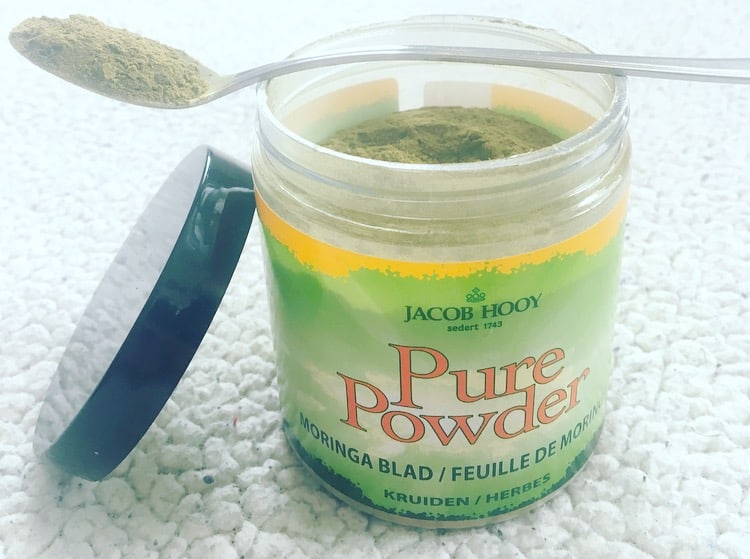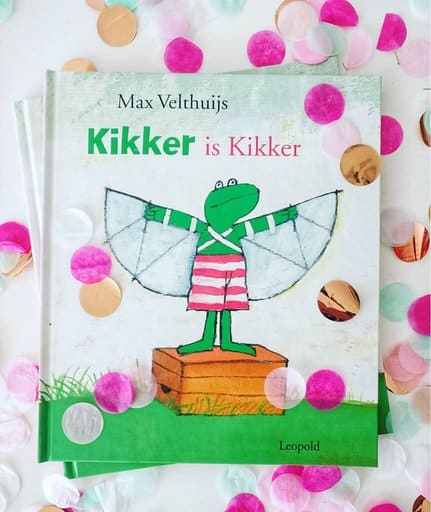JENNIFER ANISTON DOESN’T NEED A HAPPY ENDING
Gister las ik dit heerlijke interview in de Amerikaanse Elle, de cover story voor januari 2019, met één van mijn favorieten Jennifer Aniston, die foto’s! en moest het natuurlijk met jullie delen. Jen, wordt op 11 februari 50 (age IS just a number) en heeft nu een nieuwe op Dolly Parton –als grote fan heeft Jen één van haar honden zo genoemd- geïnspireerde film Dumplin op Netflix (helaas nog niet bij ons te zien).
To reach Jennifer Aniston, you have to drive up and up and up, then announce yourself at a white gate that opens onto a field of gray pebbles sprouting symmetrical trees. A procession of stone slabs leads like a bridge to the massive bronze doors on an otherwise solid white facade. Aniston answers, casual in jeans and a black T-shirt. She’s disarmingly friendly. She thinks she knows another person with my name. She asks about the traffic. She leads me to her beautiful family room and kitchen, with its built-in pizza oven and glass-encased wine room, and offers to make us peppermint tea. She apologizes in advance for the texts she might get from her showrunner, because she’s a month away from shooting her upcoming show with Reese Witherspoon. While she brews the tea, I plop my bag on the counter, like we’re just hanging out. I tell her my daughter drained my phone battery right before I left the house, and so we start chatting about kids and phones. How badly they want them. When they should be allowed to have them. Do you let them feel left out, or “Do you try to save their sanity by not letting them grow up inside a teeny computer? It’s a real internal conflict,” she says, carrying the mugs to the sofa. “So much is out there.” This is true. She would know.
Aniston spent a decade on Friends and has starred in more than 30 movies, but the role that sticks to her most tenaciously is America’s Suffering Sweetheart. Cast as the eternal ingenue in the never-ending marriage plot, her joys, heartbreaks, and 57,000 fictional pregnancies have kept the lights on at several tabloids for a quarter of a century. I know this character is a fiction, but she’s still an undeniable presence – a third person in the room, lounging in the hanging chair, eating perfectly cut crudités. “We live in a society that messages women: By this age, you should be married; by this age, you should have children,” Aniston says. “That’s a fairy tale. That’s the mold we’re slowly trying to break out of.”
“It is a grand mystery why the public obsession has never abated,” says Kristin Hahn, her producing partner and one of her best friends. “I’ve wondered about it myself for many years – I think Jen represents an archetype for us as a culture.” Aniston is the screen onto which America projects all its double standards about women, especially successful ones. We first got to know her as Rachel Green, the runaway bride who moved to New York City to become herself. Then we spent a decade emotionally invested in whether she would end up with Ross, only to have her perfect marriage to Brad Pitt end soon after that. It’s obviously a lucrative projection, or it would not have been bought and sold, year after year. What anyone gets out of it is unclear. “Maybe it has everything to do with what they’re lacking in their own life,” Aniston theorizes. Or maybe using marriage and children as the ultimate marker of female happiness is just another way to disempower successful women. “Why do we want a happy ending? How about just a happy existence? A happy process? We’re all in process constantly,” Aniston says. “What quantifies happiness in someone’s life isn’t the ideal that was created in the ’50s. It’s not like you hear that narrative about any men.” Men, of course, are allowed to continue merrily on their open-ended path to adventure. “That’s part of sexism – it’s always the woman who’s scorned and heartbroken and a spinster. It’s never the opposite. The unfortunate thing is, a lot of it comes from women,” she says. “Maybe those are women who haven’t figured out that they have the power, that they have the ability to achieve a sense of inner happiness.”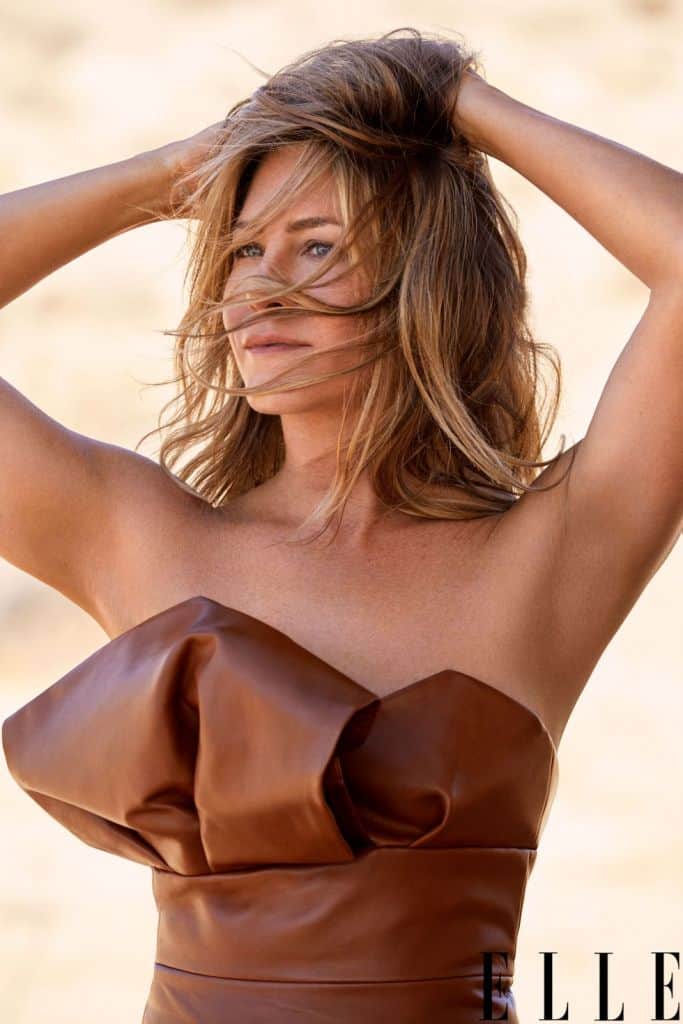 The thing that’s surprisingly easy to forget about Aniston is just how powerful she is, because the amount of power she wields is at odds with her lovable image. It’s a soft, persuasive power, the kind that gets you on her side. It’s not only that she’s remarkably nice and easy to relate to, it’s that she’s smart, careful, deliberate, precise – both as a person and an actor. Anne Fletcher, who directed Aniston in her new Netflix movie, Dumplin’, says she’d be watching Aniston work and would notice a small, almost imperceptible hand gesture and think, “That’s [her character] Rosie. That’s not Jen. That is completely Rosie.” At a point when most successful actresses begin to wind down (not always by choice), Aniston shows no sign of slowing. In 2017, at the age of 48, she was ranked second on Forbes’s list of highest-paid actresses, and she makes millions a year in product endorsements. She’s about to start filming her new TV show, a dramedy about morning-news-show anchors, costarring Reese Witherspoon and Steve Carell, which was acquired by Apple in a bidding war. And soon she’ll appear in two more Netflix productions: Murder Mystery, with Adam Sandler, about a vacationing New York couple who become suspects in an elderly billionaire’s murder; and First Ladies, with Tig Notaro, about the first lesbian president of the United States.
The thing that’s surprisingly easy to forget about Aniston is just how powerful she is, because the amount of power she wields is at odds with her lovable image. It’s a soft, persuasive power, the kind that gets you on her side. It’s not only that she’s remarkably nice and easy to relate to, it’s that she’s smart, careful, deliberate, precise – both as a person and an actor. Anne Fletcher, who directed Aniston in her new Netflix movie, Dumplin’, says she’d be watching Aniston work and would notice a small, almost imperceptible hand gesture and think, “That’s [her character] Rosie. That’s not Jen. That is completely Rosie.” At a point when most successful actresses begin to wind down (not always by choice), Aniston shows no sign of slowing. In 2017, at the age of 48, she was ranked second on Forbes’s list of highest-paid actresses, and she makes millions a year in product endorsements. She’s about to start filming her new TV show, a dramedy about morning-news-show anchors, costarring Reese Witherspoon and Steve Carell, which was acquired by Apple in a bidding war. And soon she’ll appear in two more Netflix productions: Murder Mystery, with Adam Sandler, about a vacationing New York couple who become suspects in an elderly billionaire’s murder; and First Ladies, with Tig Notaro, about the first lesbian president of the United States.
Dumplin’, out now, was adapted by Hahn from a book by Julie Murphy. It is, among other things, a tribute to Dolly Parton. The filmmakers asked Parton to license her songs for the movie and write an original composition for the soundtrack. She and her collaborator, 4 Non Blondes’ Linda Perry, wound up writing six. Aniston, a lifelong Parton fan who’d named one of her dogs, yes, Dolly Parton, says that working with the legend was a thrill. During their first meeting, a dinner at Aniston’s house, Parton remembers asking, “Do you still have Dolly Parton? Can I meet her? I’ve always wanted to meet Dolly Parton.” (They met.) Later, when Aniston went to Perry’s studio to listen to the soundtrack, Parton says that “[Aniston] would listen to the song, and she would just cry and cry. You’ve got to be really sensitive for things to touch you like that.”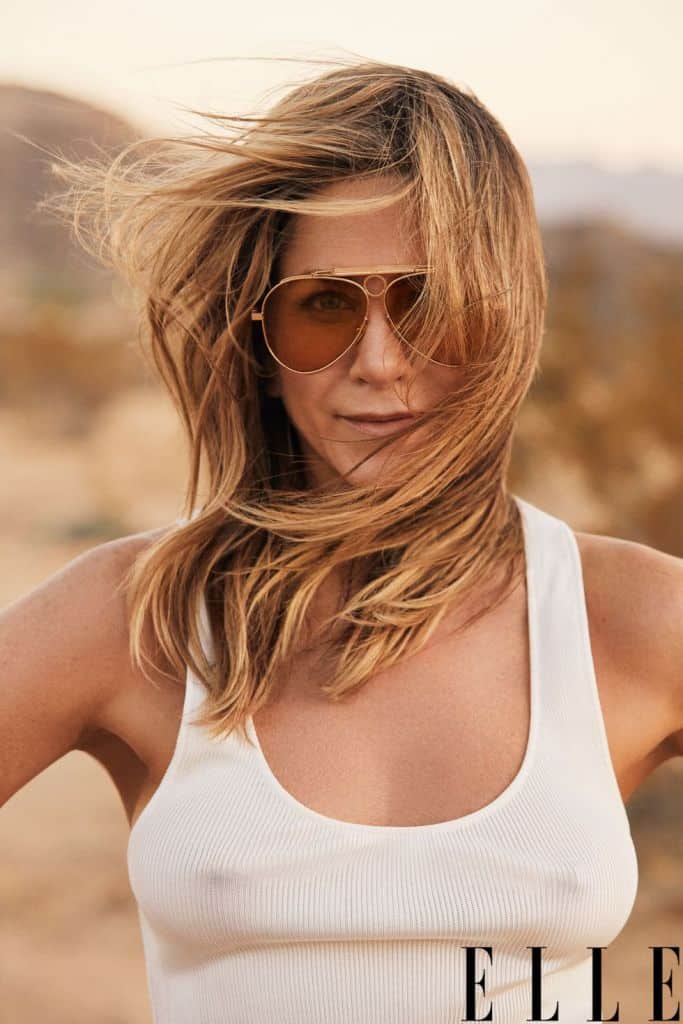 In Dumplin’, Aniston plays Rosie, a former pageant queen who now runs her small town’s teen beauty pageant. She is the single mother of a daughter, Willowdean (Danielle Macdonald of Patti Cake$), or Will, whom she calls Dumplin’. Will is overweight and resents that her mom seems to care more for the pageant girls than she does for her, so she signs up to compete. What starts out as a protest turns into a celebration of friendship and inclusivity. It’s a message that’s close to Aniston’s heart, because she is a girl’s girl and a friend person. Aniston and Hahn first met at a barbecue in Laurel Canyon when they were 19, when Aniston still lived in New York. “Jen was visiting her dad, and she came over. I remember it vividly, just turning around and seeing her and feeling like she was a long-lost sister of some kind, and not wanting her to leave. We just embraced her and we all became each other’s family and really helped each other. The show Friends was definitely kind of a parallel reality to our real lives.”
In Dumplin’, Aniston plays Rosie, a former pageant queen who now runs her small town’s teen beauty pageant. She is the single mother of a daughter, Willowdean (Danielle Macdonald of Patti Cake$), or Will, whom she calls Dumplin’. Will is overweight and resents that her mom seems to care more for the pageant girls than she does for her, so she signs up to compete. What starts out as a protest turns into a celebration of friendship and inclusivity. It’s a message that’s close to Aniston’s heart, because she is a girl’s girl and a friend person. Aniston and Hahn first met at a barbecue in Laurel Canyon when they were 19, when Aniston still lived in New York. “Jen was visiting her dad, and she came over. I remember it vividly, just turning around and seeing her and feeling like she was a long-lost sister of some kind, and not wanting her to leave. We just embraced her and we all became each other’s family and really helped each other. The show Friends was definitely kind of a parallel reality to our real lives.”
Hahn describes Aniston as their friend group’s “social glue.” “When she’s not in town, we almost don’t know what to do with ourselves,” she says. When I tell Aniston about this later, she laughs. “They don’t know what to do. They don’t know where to go. They don’t know how to eat. They don’t know how to socialize,” Aniston says. It’s been this way since they were in their twenties. “My house was always like the clubhouse. I love entertaining. I always have food. I think I probably got that from my mom, who always had her girlfriends over. I picked it up from my childhood – just always hearing girls in the house and learning how to make a good cheese board.”
Aniston, whose parents divorced when she was young, says of her friends, “We always joke that we raised each other, we mothered each other, we sistered each other, we’ve been kids to each other.” She made her own family her own way. “I also was never a kid who sat around and dreamed about a wedding, you know? Those were never my fantasies. When I was first popped the question, it was so foreign to me.” That childhood environment, which she escaped through movies and TV and dreams of being an actress, led to her career. “My priorities weren’t about finding partnership and who am I gonna marry and what am I gonna wear on my wedding day. I was building houses with shoe boxes and toilet paper and felt. It was always about finding a home that felt safe. And I’m sure, because I was from a divorced-parent home, that was another reason I wasn’t like, ‘Well, that looks like a great institution.’ ”
Which is partly why the obsession with her love life rankles. “I don’t feel a void. I really don’t. My marriages, they’ve been very successful, in [my] personal opinion. And when they came to an end, it was a choice that was made because we chose to be happy, and sometimes happiness didn’t exist within that arrangement anymore. Sure, there were bumps, and not every moment felt fantastic, obviously, but at the end of it, this is our one life and I would not stay in a situation out of fear. Fear of being alone. Fear of not being able to survive. To stay in a marriage based on fear feels like you’re doing your one life a disservice. When the work has been put in and it doesn’t seem that there’s an option of it working, that’s okay. That’s not a failure. We have these clichés around all of this that need to be reworked and retooled, you know? Because it’s very narrow-minded thinking.” By endlessly focusing on her marital or family status, “you’re diminishing everything I have succeeded at, and that I have built and created,” she says. “It’s such a shallow lens that people look through. It’s the only place to point a finger at me as though it’s my damage – like it’s some sort of a scarlet letter on me that I haven’t yet procreated, or maybe won’t ever procreate.” Ultimately, she says, the idea of a happy ending is “a very romantic idea. It’s a very storybook idea. I understand it, and I think for some people it does work. And it’s powerful and it’s incredible and it’s admirable. Even enviable. But everybody’s path is different.”
Aniston has wanted to do a movie about the relationship between mothers and daughters for a long time. Part of what drew her to Dumplin’ was the way it echoed her own “challenging upbringing,” as she puts it. Aniston’s father, John, is a soap opera actor; he’s still on Days of Our Lives. Her mother, Nancy Dow, was a model and actress. Aniston came home one day when she was nine to the news that her father had moved out. She didn’t see him for a year. Her mother was often critical and was very focused on looks. “She was from this world of, ‘Honey, take better care of yourself,’ or ‘Honey, put your face on,’ or all of those odd sound bites that I can remember from my childhood.”
Aniston and her mom were famously estranged for years. “My mom said those things because she really loved me. It wasn’t her trying to be a bitch or knowing she would be making some deep wounds that I would then spend a lot of money to undo. She did it because that was what she grew up with. ‘You want to be happy. It’s hard for big girls.’ She was missing what was [actually] important. I think she was just holding on and doing the best she could, struggling financially and dealing with a husband who was no longer there. Being a single mom in the ’80s I’m sure was pretty crappy.”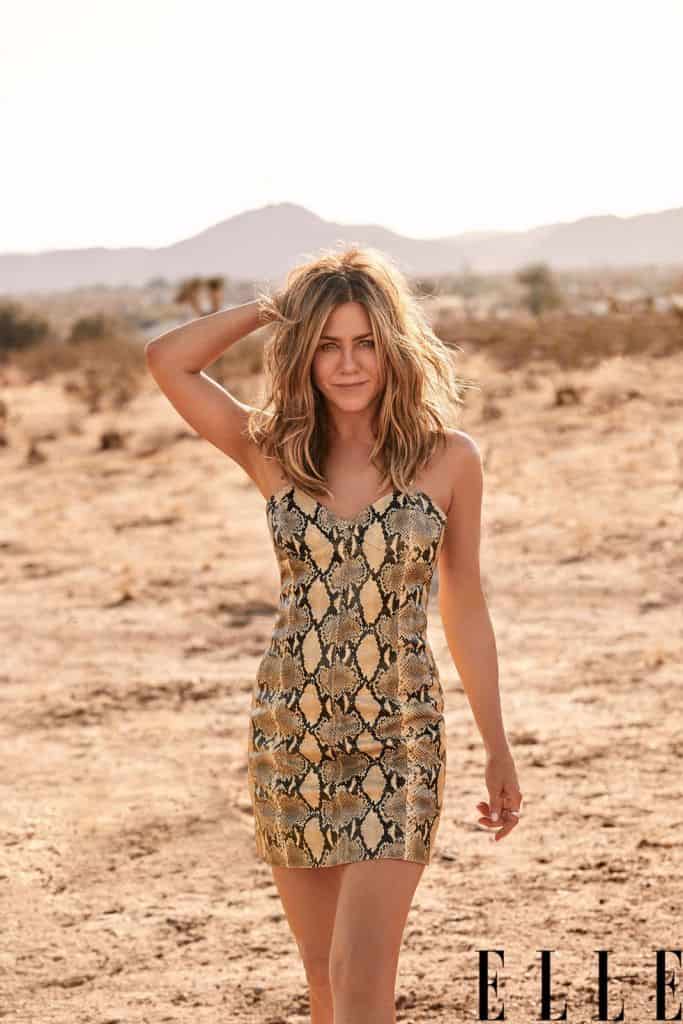 Still, over time, Aniston has come to regard narrow beauty standards as a kind of prison. “We have to redefine what that is. It’s slowly been happening, but there’s still that mentality out there that wants to pit women against each other.” It’s the same thing, she feels, with social media. “I sound like a broken record, but it’s hard enough to just get out there as a kid, let alone ask for or seek out judgment.” Which is why she stays away. For someone as ubiquitous and relatable as Aniston, she is completely inaccessible by today’s standards. “The one thing I have is maintaining this little circle of sanctity that’s my own. If I’m sitting here posting something about my dogs or I’m Boomeranging my coffee mug in the morning, that’s just giving away one more piece of something that is mine.”
Still, over time, Aniston has come to regard narrow beauty standards as a kind of prison. “We have to redefine what that is. It’s slowly been happening, but there’s still that mentality out there that wants to pit women against each other.” It’s the same thing, she feels, with social media. “I sound like a broken record, but it’s hard enough to just get out there as a kid, let alone ask for or seek out judgment.” Which is why she stays away. For someone as ubiquitous and relatable as Aniston, she is completely inaccessible by today’s standards. “The one thing I have is maintaining this little circle of sanctity that’s my own. If I’m sitting here posting something about my dogs or I’m Boomeranging my coffee mug in the morning, that’s just giving away one more piece of something that is mine.”
She’s purposefully protective of her private life, she says. “Look, I also don’t want to become…. There are times when I’ve found myself becoming a little too isolated. I don’t want to become that person, either. I don’t want to lose touch with what’s out in the world.” Not long ago, she was doing research for her show about morning-news anchors, and she went on YouTube. She was watching clips of different newscasters, and suddenly an old Diane Sawyer interview of her popped up. “And I clicked on it, and I just sat there riveted, only because I realized, Oh my God, I was really vulnerable! Somehow, along the way, I calloused up.”
The interview she’s talking about is from 2004, toward the end of Friends, right around the time the paparazzi started getting ferocious. Her own openness shocked her. “It’s just self-preservation. Because that was also a time, I think, when the internet was really taking off. The tabloids started painting me in a light that wasn’t true to who I was. Then I just was like, Shut up and say nothing, because there’s nothing you can do. You can try to protest too much – No, I’m not unhappy! No, I’m not this! I’m not that. I finally was like, I’m done. I’m going to shut the doors. I’m going to tune it out. If somebody tries to talk to me, I’ll give one-word answers, and I will not be vulnerable. I’m way too sensitive to be misinterpreted, misconstrued, or taken out of context. I just started to shut down.”
It occurs to her that this may be one of the reasons why she started to branch out and do more characters that she could just disappear into. “Because I didn’t want to just be that person in the tabloids. I also had to prove it to myself. I’m not just that, right?” she says. “Look, we’re all human at the end of the day. I’m really still working on it. That’s just my own PTSD of being…how do I say this…it’s getting easy to maneuver around the city. It’s a matter of choosing when I feel like I’m okay with having a bunch of people take a bunch of pictures of me.”
After a while, Aniston shows me around her beautiful house, which she gut-renovated with her now ex, Justin Theroux. The couple’s separation was announced in February; that same month, the house was featured in Architectural Digest. Aside from some editing of the family-room picture wall, not much seems to have changed. The space is at once cozy and dramatic, full of dark leather and wood, furry pillows.
It feels intimate on a grand scale, or maybe it’s the other way around. “It’s a big house,” she says, “but it also has big rooms.” They hold a lot of people. She does plan to redo the dining room, “but that’s because I can never not do something,” she says. She’s still building and rebuilding her dream house, only not with shoe boxes anymore. We go out on the terrace, and she shows me the pool below. “This is where, every Sunday, we do ‘Sunday Fundays,’ as we call it, where [my friends’] kids come and we huddle around down there and they jump around in the pool.”
“I marvel at how she has remained as grounded as a person could possibly be in that situation, and also at the fact that she worked hard at nurturing the friendships that she always had while she had this big life, this big career,” says Hahn, a frequent Sunday Funday guest. “She’s always stayed so humble, and I’m not just saying that. She’s been able to stay connected to people who don’t have the same financial reality or work reality. She does live in a rarefied world, but she’s not a rarefied person.”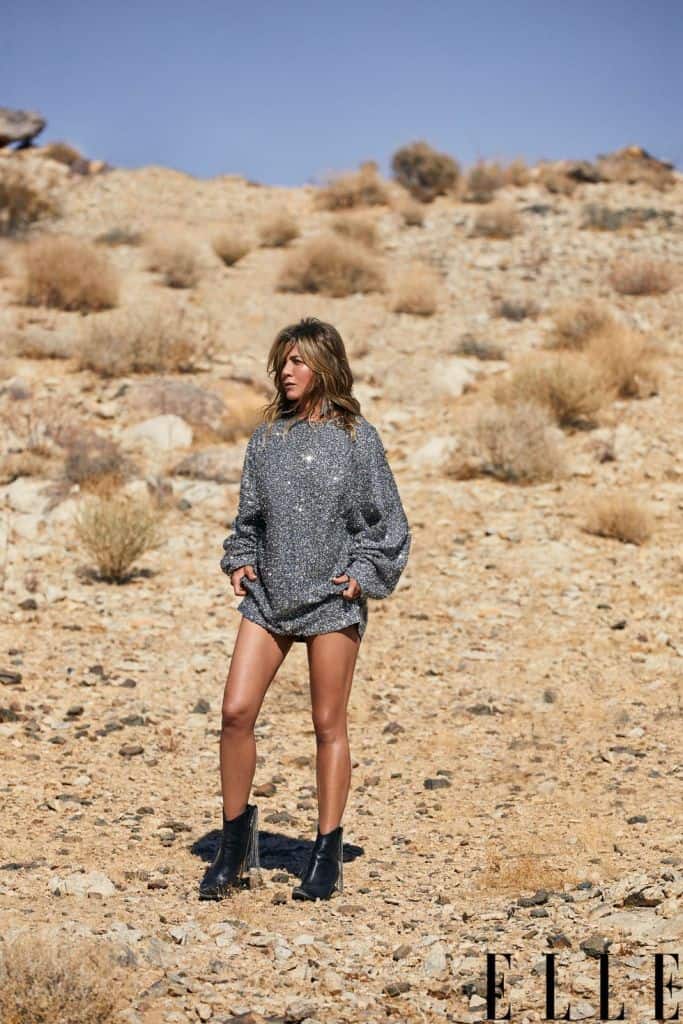 As for whether she’ll have her own children, Aniston is still uncertain. She admits the prospect always felt “quite honestly, kind of frightening.” She continues, “Some people are just built to be wives and have babies. I don’t know how naturally that comes to me.” But as in many aspects of her life, she’s still open to other possibilities. “Who knows what the future holds in terms of a child and a partnership – how that child comes in…or doesn’t? And now with science and miracles, we can do things at different times than we used to be able to.”
As for whether she’ll have her own children, Aniston is still uncertain. She admits the prospect always felt “quite honestly, kind of frightening.” She continues, “Some people are just built to be wives and have babies. I don’t know how naturally that comes to me.” But as in many aspects of her life, she’s still open to other possibilities. “Who knows what the future holds in terms of a child and a partnership – how that child comes in…or doesn’t? And now with science and miracles, we can do things at different times than we used to be able to.”
Aniston attributes this flexibility to her sense of inner contentment, disconnected from career success. “I’ve always been predominantly a happy person,” Aniston says. “Especially once I got out of my [mother’s] house. Not that it was horrible and unpleasant, but it had its challenges. I found myself as happy when I was waitressing at Jackson Hole as I feel now. I think that’s also a survival technique from coming from a home that wasn’t always that way. I have chosen to use what I grew up with as an example of what I do not want to be or live in. It’s a glass-half-full kind of thing. Always being open. Allowing myself to feel what I feel. What brings me happiness? I have a great job. I have a great family. I have great friends. I have no reason to feel otherwise. If I did, I would need to go get an attitude shift, a perspective shift.” The sun is setting, and it takes her by surprise. “What the hell, we’re having a beautiful sunset!”

